Supine Bridge Exercise in Degenerative and Functional Hip Disorders: A Biomechanical and Therapeutic Approach (Part III)
- PMID: 40642704
- PMCID: PMC12242716
- DOI: 10.7759/cureus.85678
Supine Bridge Exercise in Degenerative and Functional Hip Disorders: A Biomechanical and Therapeutic Approach (Part III)
Abstract
The supine bridge exercise (SBE) is widely recognized in rehabilitation for improving core stability and hip extensor strength. While its benefits in low back pain have been documented, its role in hip joint dysfunctions remains underexplored. This narrative review investigates the application of the SBE in degenerative and functional hip disorders, including femoroacetabular impingement (FAI), microinstability, and femoral anterior glide syndrome (FAGS). Particular attention is given to the biomechanical rationale behind gluteus maximus activation (especially the lower portion, or LGM) and the inhibition of synergistic dominance by the hamstrings Based on current evidence, specific SBE variations, including hip and ankle positioning, spinal alignment, and neuromuscular control strategies, may promote posterior femoral head translation and joint stability. Furthermore, the review highlights how in specific athletic populations, such as soccer players and dancers (where cam-type FAI alterations and restricted hip internal rotation are particularly prevalent), the inclusion of SBE sessions into preventive training programs could contribute to preserving hip joint health and mitigating degenerative processes. We argue that SBE when appropriately tailored, can become a fundamental therapeutic tool in both conservative management and functional retraining of hip dysfunctions.
Keywords: cam-type fai; femoral anterior glide syndrome; femoroacetabular impingement; gluteus maximus activation; hip disfunction; hip joint stability; hip pathologies; microinstability of the hip; synergistic dominance; upine bridge exercise.
Copyright © 2025, Colonna et al.
Conflict of interest statement
Conflicts of interest: In compliance with the ICMJE uniform disclosure form, all authors declare the following: Payment/services info: All authors have declared that no financial support was received from any organization for the submitted work. Financial relationships: All authors have declared that they have no financial relationships at present or within the previous three years with any organizations that might have an interest in the submitted work. Other relationships: All authors have declared that there are no other relationships or activities that could appear to have influenced the submitted work.
Figures


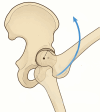
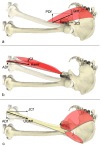





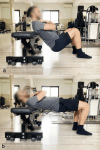

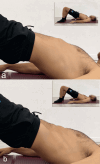
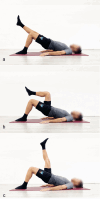
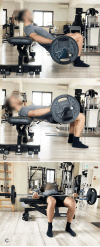
References
-
- An evidence-based framework for strengthening exercises to prevent hamstring injury. Bourne MN, Timmins RG, Opar DA, et al. Sports Med. 2018;48:251–267. - PubMed
-
- Rehabilitation exercise progression for the gluteus medius muscle with consideration for iliopsoas tendinitis: an in vivo electromyography study. Philippon MJ, Decker MJ, Giphart JE, Torry MR, Wahoff MS, LaPrade RF. Am J Sports Med. 2011;39:1777–1785. - PubMed
Publication types
LinkOut - more resources
Full Text Sources
